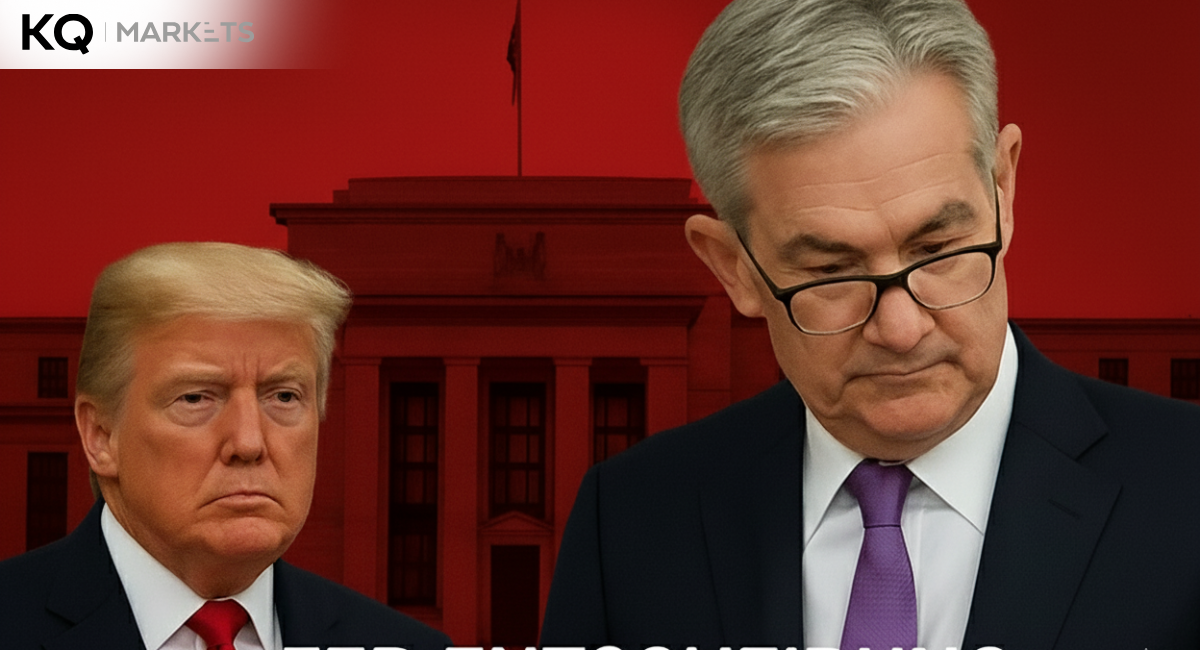The US Fed announced on Wednesday a 25 basis points raise to its key interest rate to a 5.5% record high. It marked the highest US benchmark borrowing cost in 22 years amid the fight against persistent inflation. While consumer costs dropped in the previous 12 months, the year-on-year consumer price index rose to 3%. But this rise marked the lowest annual inflation rate in about two years as the Federal Reserve attempted to drop inflation to 2%.
Generally, the Fed believes that raising the borrowing costs will increase investment & borrowing costs. The move will, in turn, reduce the overall demand for labor, services, and goods in the US economy. But experts are wary that the plan might instead lead the economy into a recession due to several factors. On the other hand, Fed Chair Jerome Powell said that he could not guarantee evading a recession, but the policy can evade such an outcome.
He concluded on Wednesday that the Fed might likely bump up the interest rate further, affirming that the US central bank will not face a recession. Although the economy remains resilient and the labor market is robust, inflation is stubbornly high. In any case, the Fed balances inflation & unemployment, with the unemployment at its 3.6% historical low. The Federal Reserve now aims to slow the inflation rate without raising unemployment.
Meanwhile, the Powel suggested reducing the overall job openings number rather than laying off workers directly. There was one jobless employee per job position before Covid-19, and now there’s less than one unemployed worker per open position. Nonetheless, the labor market faces challenges that contribute to inflationary risks. Some key consumer-focused services categories remain at record highs despite the easing overall inflation.
For instance, the core inflation rate that excludes housing, gas & food prices remained stuck since the 2021 first quarter at a 4% yearly rate. The rate focuses on personal care and professional services that Americans heavily purchase. Therefore, the high spending rate creates a higher employee demand and raises the salary. Powell announced at the European Central Bank conference this month that the non-housing services have yet to record progress.
Overall, he attributed the stagnant non-housing market to labor costs, claiming they play the most significant role in the sector. But higher salaries are critical for employees to attain essentials as data shows inflation-adjusted salaries outpaced higher consumer costs. The Federal Reserve has concerns over wage rises as it directly impacts the inflation rate. In simple terms, vendors will raise prices if they realize consumers have more to spend. But the Fed remains adamant about lowering the inflation to 2%.






